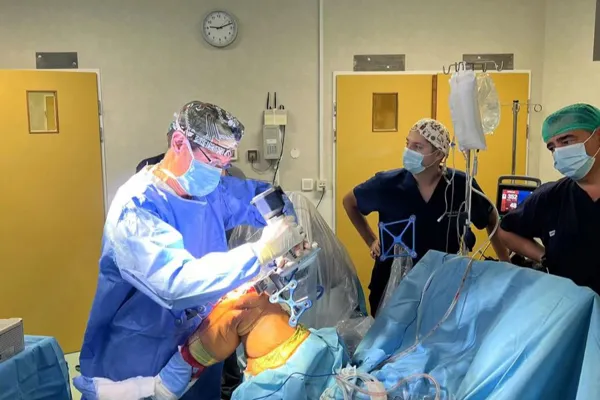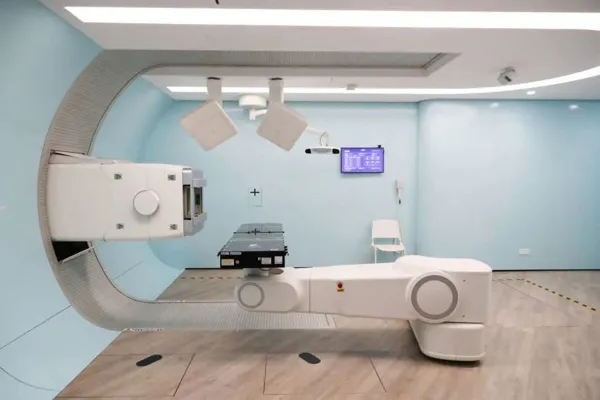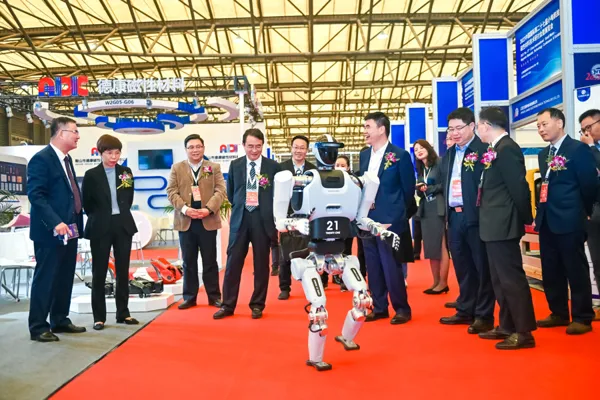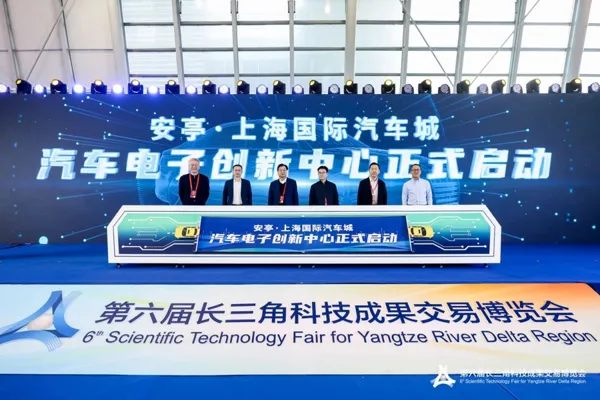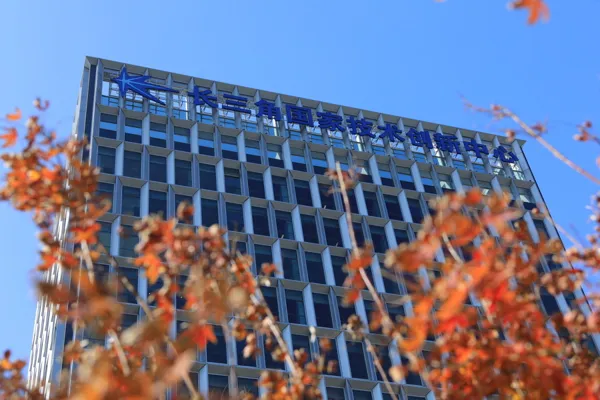A paper in "International Orthopedics" shows that the clinical effect of domestic surgical robots is equivalent to that of top international products
One-year follow-up data of the "Honghu" orthopedic surgical robot-assisted primary total knee replacement clinical study jointly conducted by the National Orthopedics and Sports Rehabilitation Clinical Medical Research Center, the team of Director Chai Wei of the Joint Surgery Department of the 301 Hospital Fourth Medical Center, and Nankai University School of Medicine , was recently published in the form of a paper in the well-known journal "International Orthopedics" sponsored by the International Orthopedic Society. This is the first time that "Honghu" developed by a Shanghai company has conducted a head-to-head, large-sample clinical comparative study with top international robot products. It shows that the domestic surgical robot has lower limb alignment accuracy, operation time, blood loss, and 6 months and 1 after surgery. There is no significant difference in the clinical effect of the annual knee joint clinical function evaluation with the top international robot products.
A head-to-head clinical controlled research paper with a large sample size published in "International Orthopedics"
Osteoarthritis is an important disease that seriously affects the quality of life and is the second leading cause of disability in humans. Currently, there are about 120 million patients in my country, and more than 10 million people need artificial joint replacement due to disease progression. Joint replacement requires extremely high surgical techniques and precision, and it is difficult to standardize and optimize the operation with traditional surgical tools. Surgical robots are highly valued by the medical community due to their advantages such as precise osteotomy, high repeatability, and minimal trauma.
In view of the lack of localization of this kind of surgical robot, Shanghai MicroPort Medical Robot Co., Ltd. has cooperated with the Ninth People's Hospital Affiliated to Shanghai Jiao Tong University School of Medicine. In recent years, it has adopted a collaborative model of industry-university-research-medicine cooperation to develop compatible hip and surgical robots with independent intellectual property rights. Semi-active, lightweight joint surgery robotic system for the knee joint. Today, "Honghu" has become the only hip and knee-compatible domestic orthopedic surgical robot with a self-developed robotic arm. It can accurately position during surgery, accurately perform knee osteotomy and acetabular grinding, and restore the patient's lower limb alignment.
The team from Shanghai Ninth Hospital successfully completed a right total hip replacement surgery with the assistance of "Honghu".
This domestic surgical robot has been certified by the China National Medical Products Administration, the U.S. Food and Drug Administration, the European Union CE, the Brazilian Health Supervision Administration, and the Australian Medical Goods Administration, and has been used in many hospitals in the United States and the University of Larissa in Greece. The general hospital has successfully completed dozens of total knee replacement surgeries.
A recent paper published in "International Orthopedics" involved a clinical study involving 75 patients, including 30 in the "Honghu" group and 45 in the control group. There was no significant difference in baseline between the two groups.
This trial compared the surgical osteotomy plan and the actual postoperative hip, knee, and ankle angle deviation between the two groups of patients. The results showed that there was no significant difference in postoperative HKA values between the "Honghu" group and the control group. In addition, there were no significant differences between the two groups in terms of three key indicators, including operation time, blood loss, and postoperative hospital stay.
The research team followed up all enrolled patients for 6 months and 1 year after surgery. There were no significant differences between the two groups of patients in several important indicators such as knee joint range of motion, Knee Society score, Western Ontario and McMaster Universities Osteoarthritis Index, and pain visual analogue scale; the incisions of the two groups of patients All healed well; except for one patient in the control group who was readmitted to the hospital and underwent revision surgery 9 months after surgery due to persistent discomfort around the prosthesis, the other patients had no bone nail hole leakage, aseptic loosening of the prosthesis, or periprosthetic loosening. Infections, periprosthetic fractures, etc. occur.
"Honghu" successfully completed a total knee replacement at the University General Hospital of Larissa, Greece.
The reporter learned from the Ninth People's Hospital Affiliated to Shanghai Jiao Tong University School of Medicine that in June this year, four Polish orthopedic experts came to the Ninth Hospital to observe and learn how Shanghai doctors used the "Honghu" joint surgery robot to assist in completing two total knee replacement surgeries. Gain an in-depth understanding of the essentials of equipment operation. Polish doctors were deeply impressed by this surgical robot's intraoperative assistance capabilities, intelligent navigation capabilities and precision and efficiency of surgery. In September, "Honghu" completed Europe's first "intelligent-made in China" robot-assisted total knee replacement surgery at the University General Hospital of Larissa in Greece, and completed three surgeries in one day, bringing good news to foreign patients.
